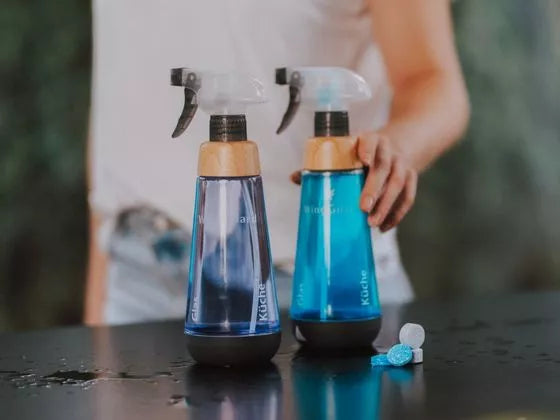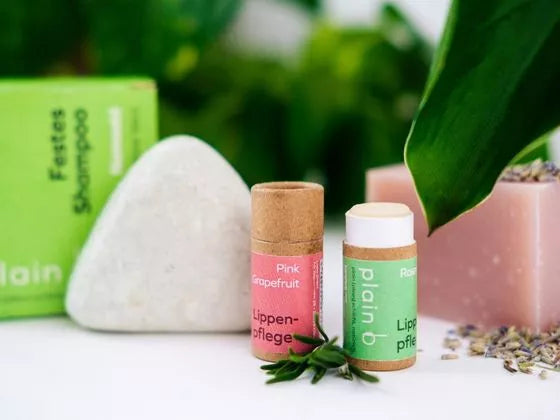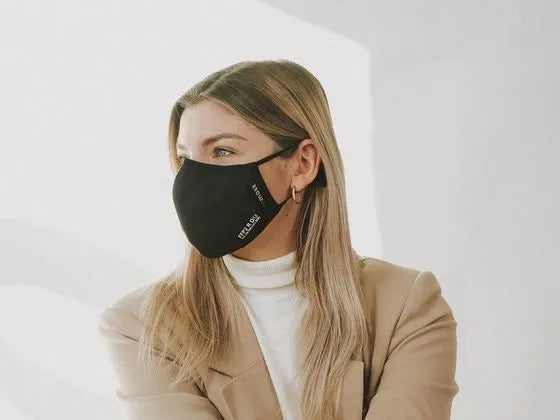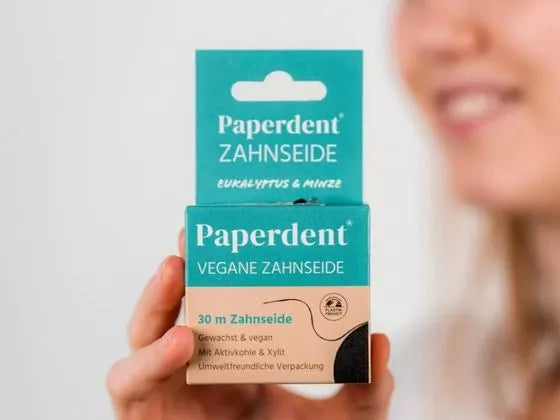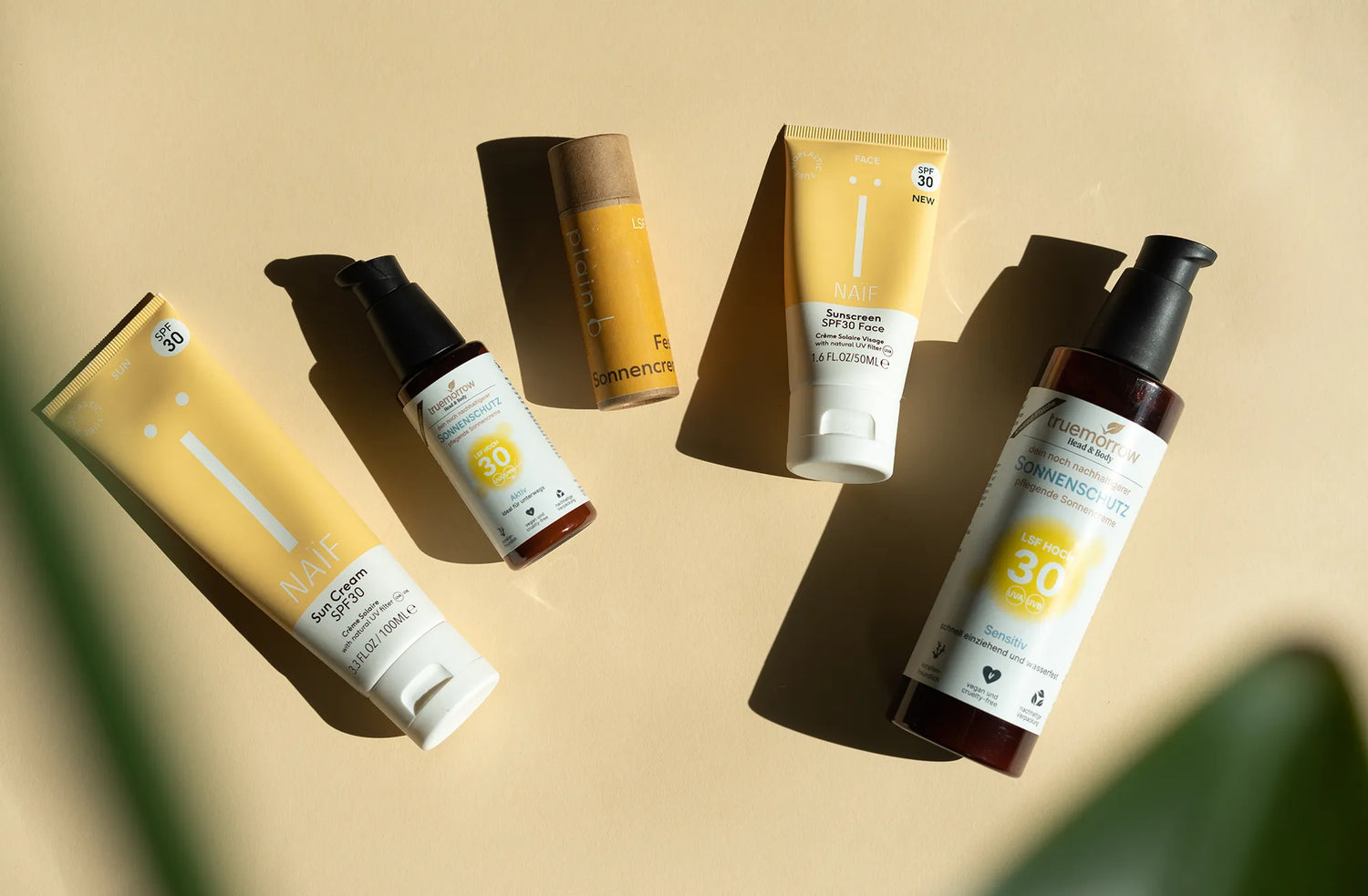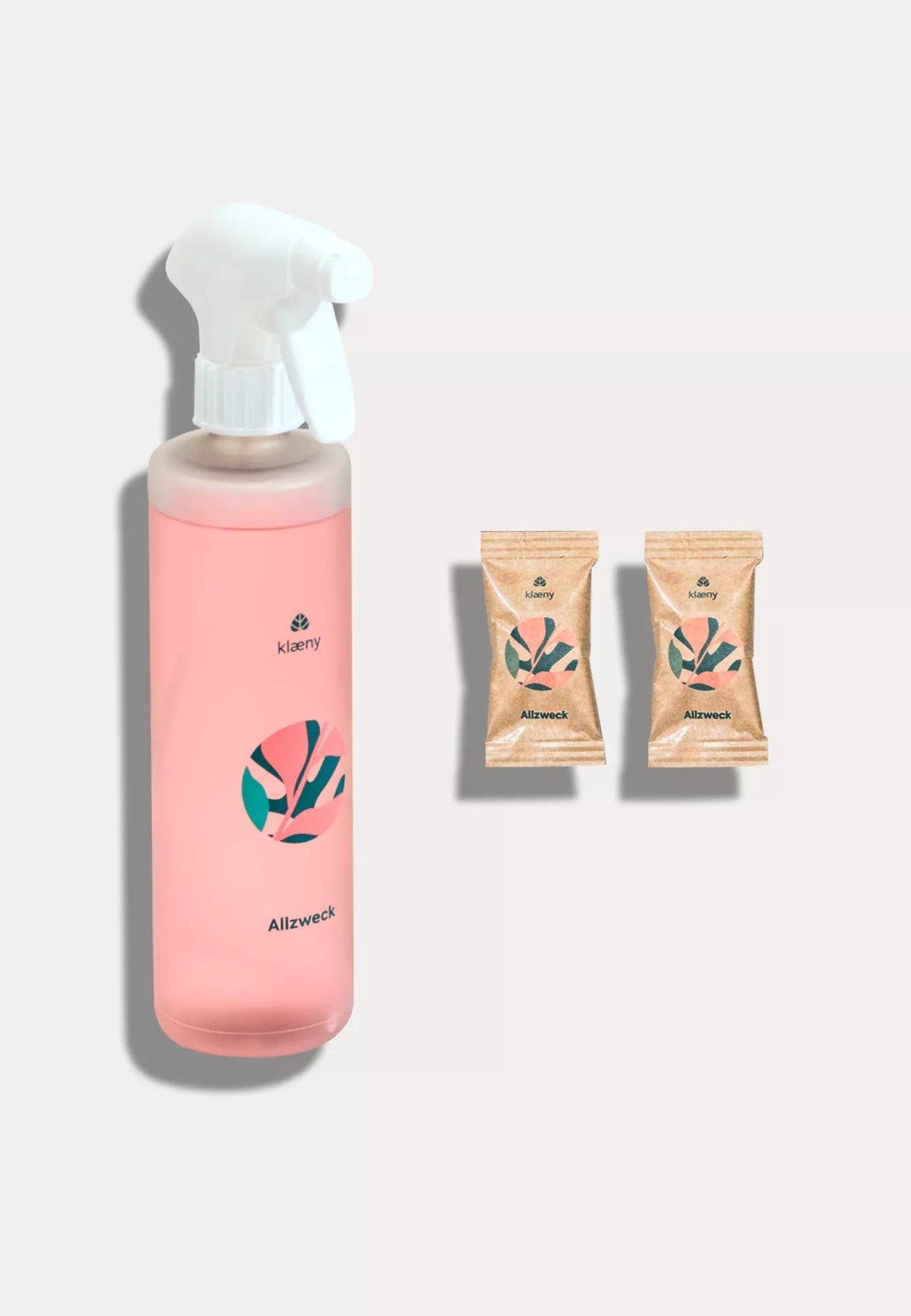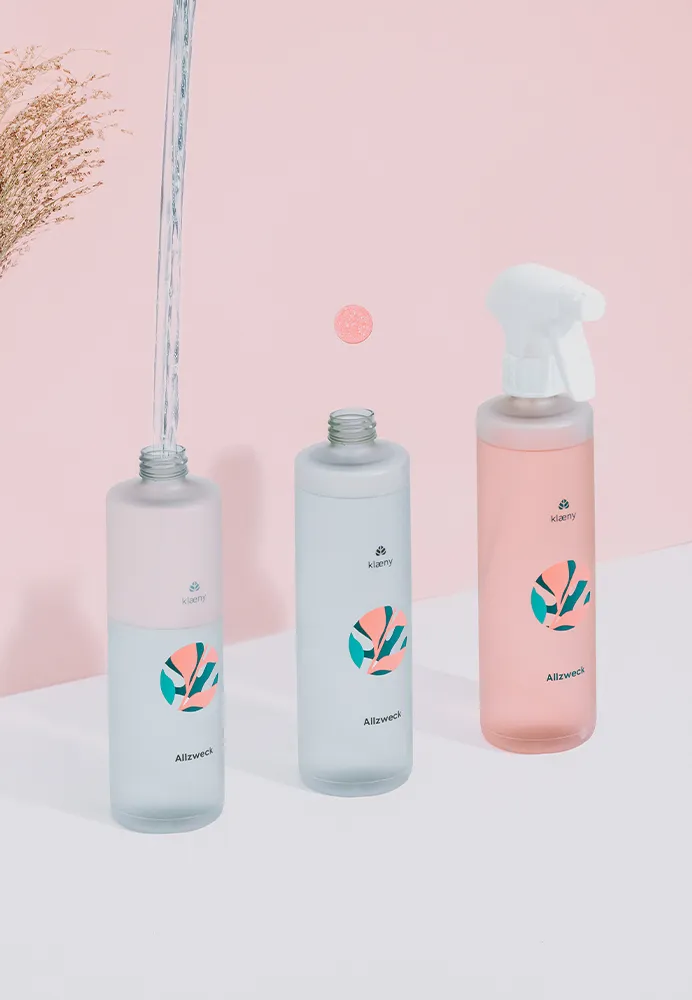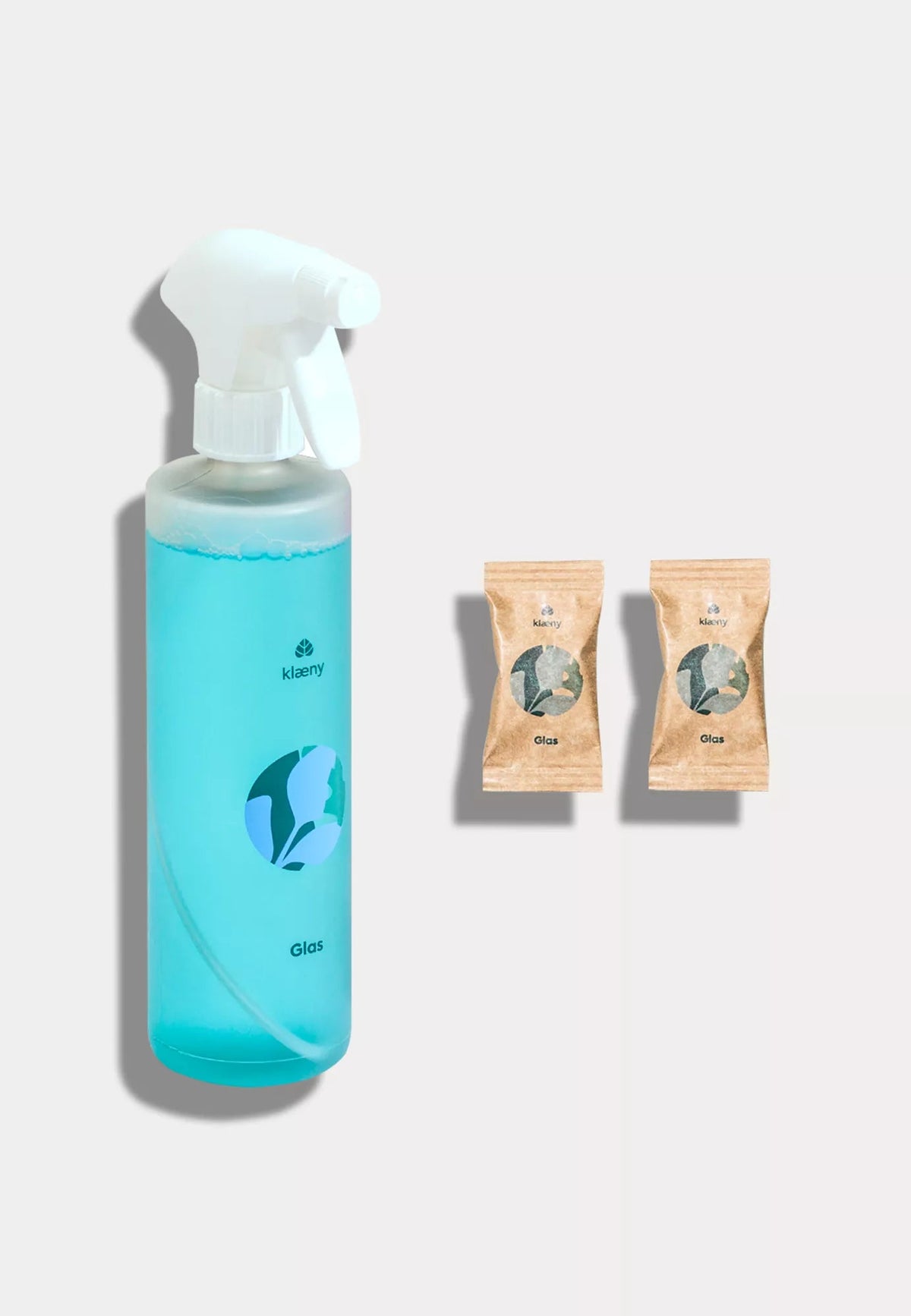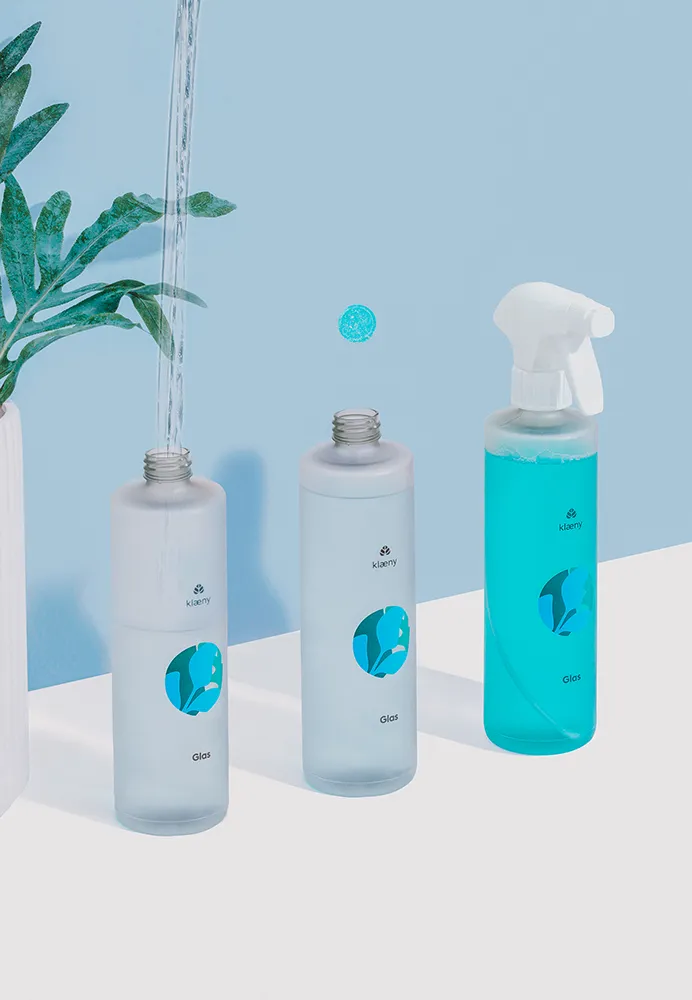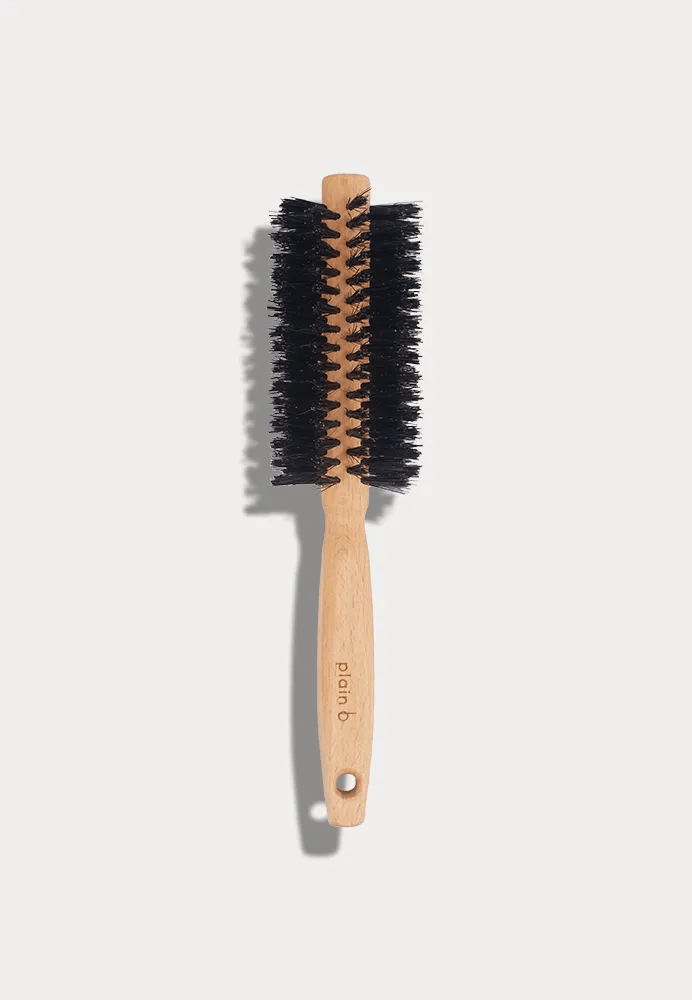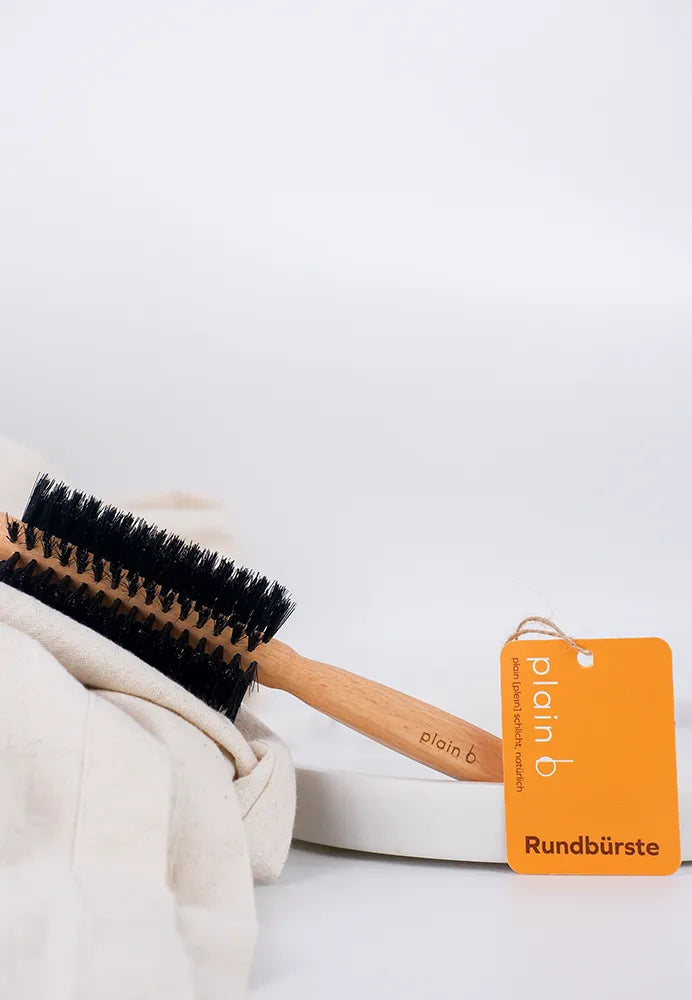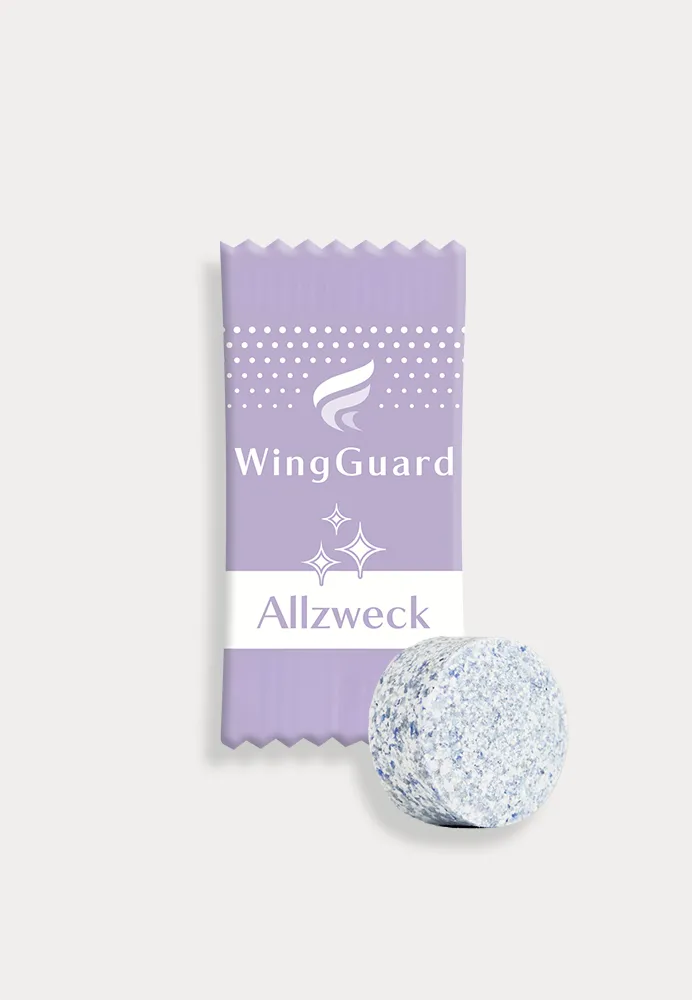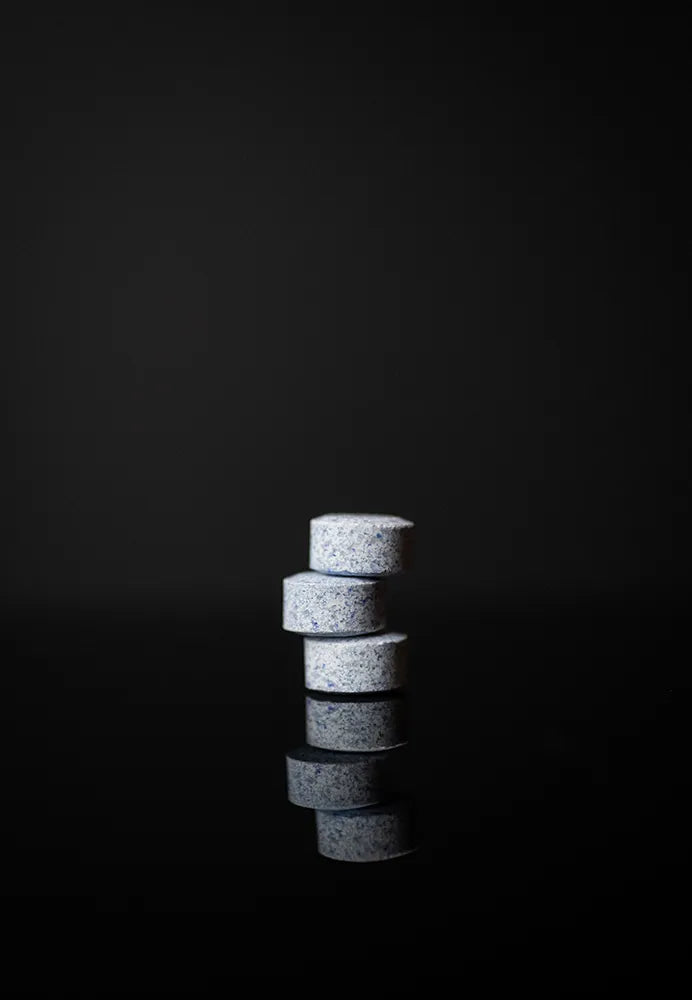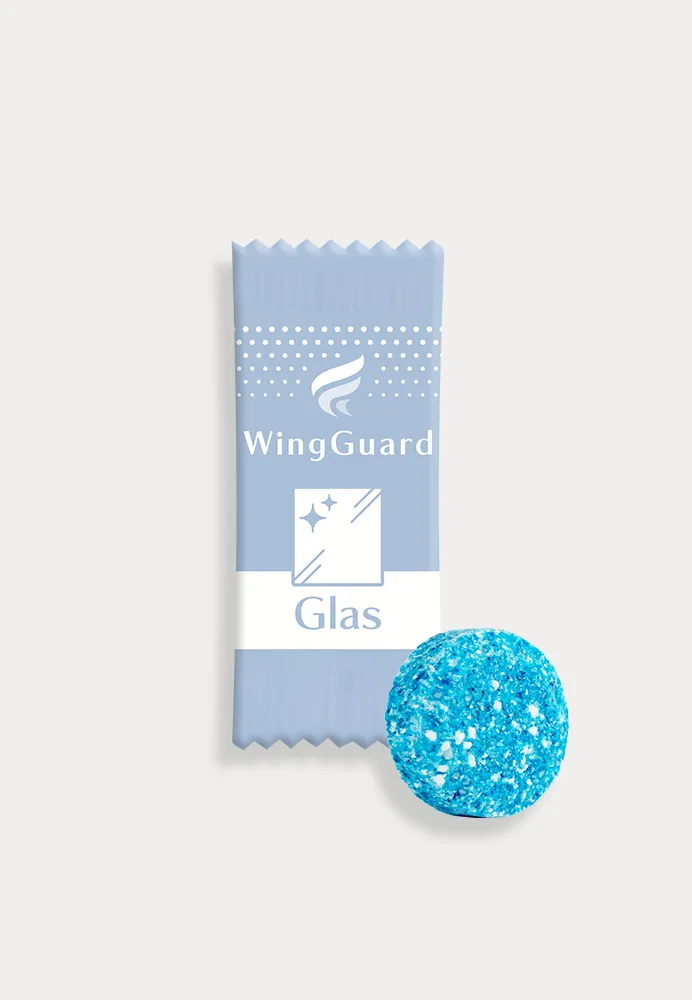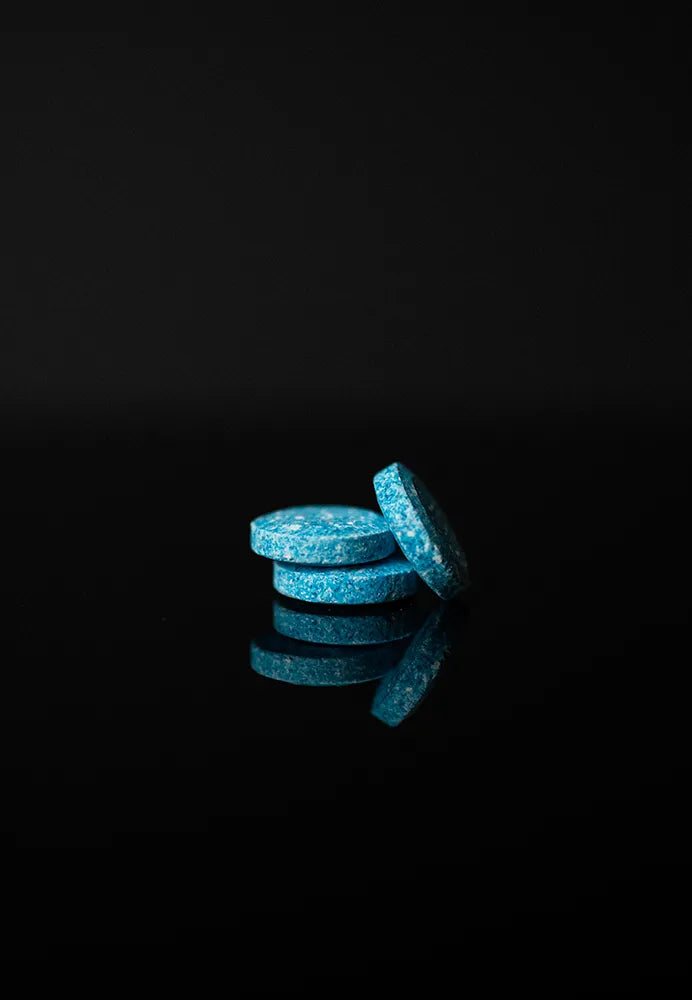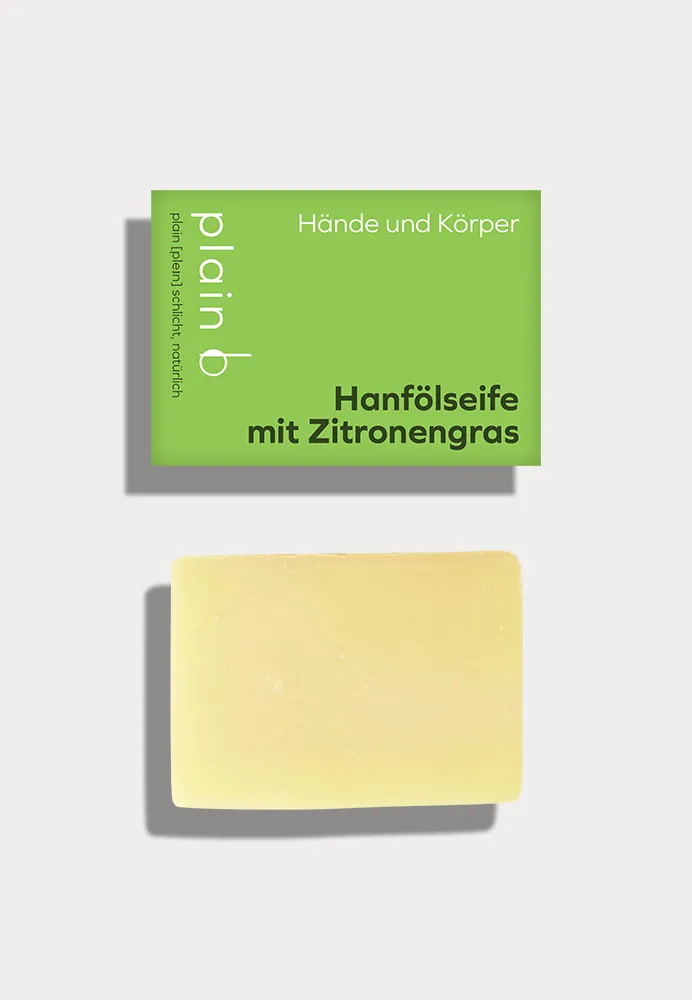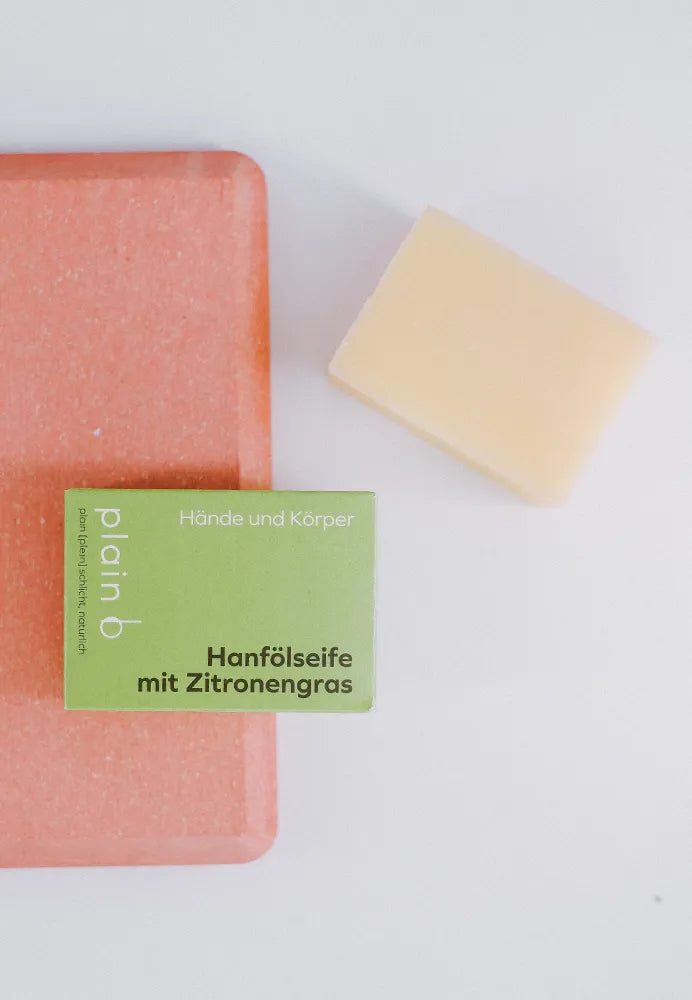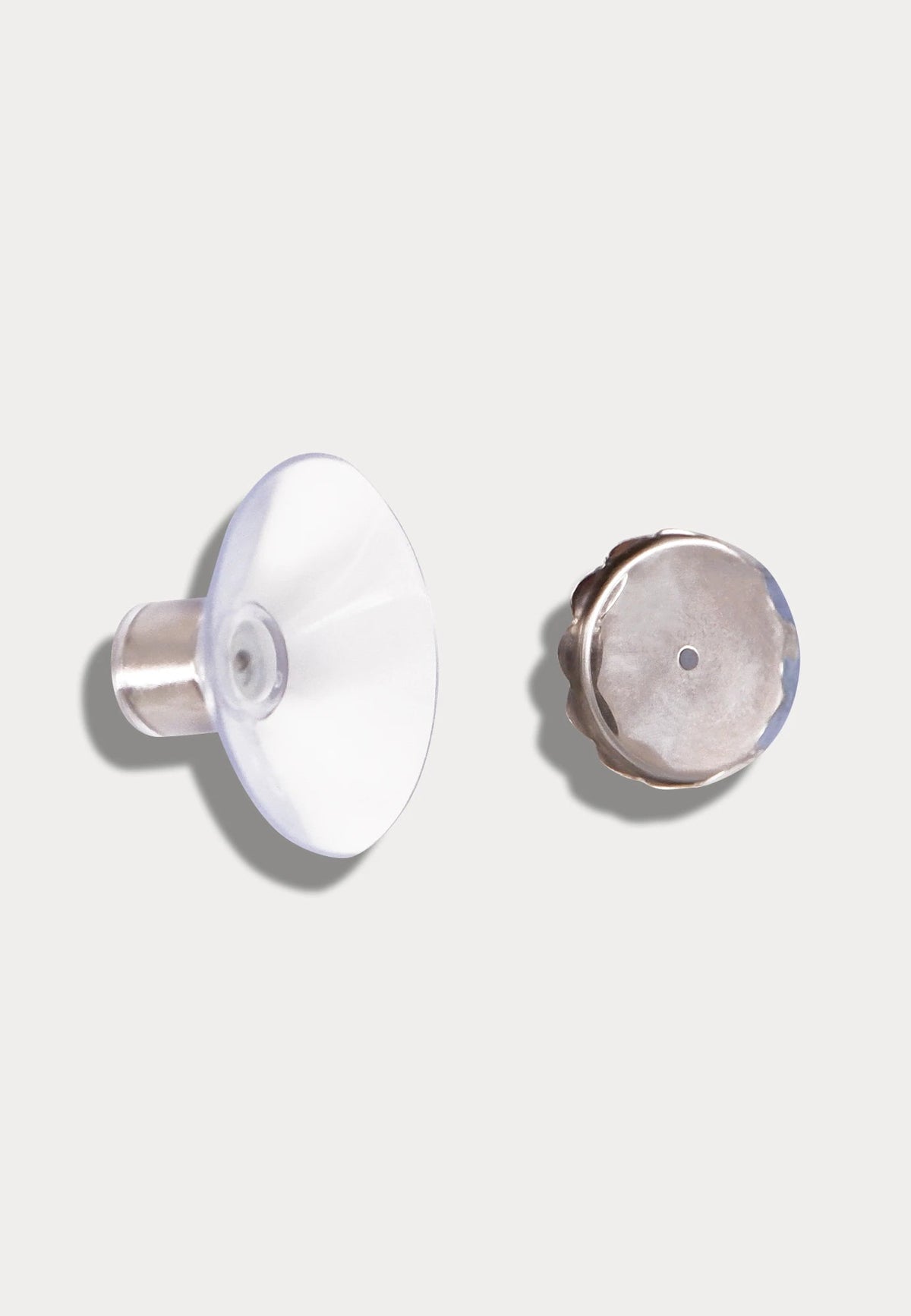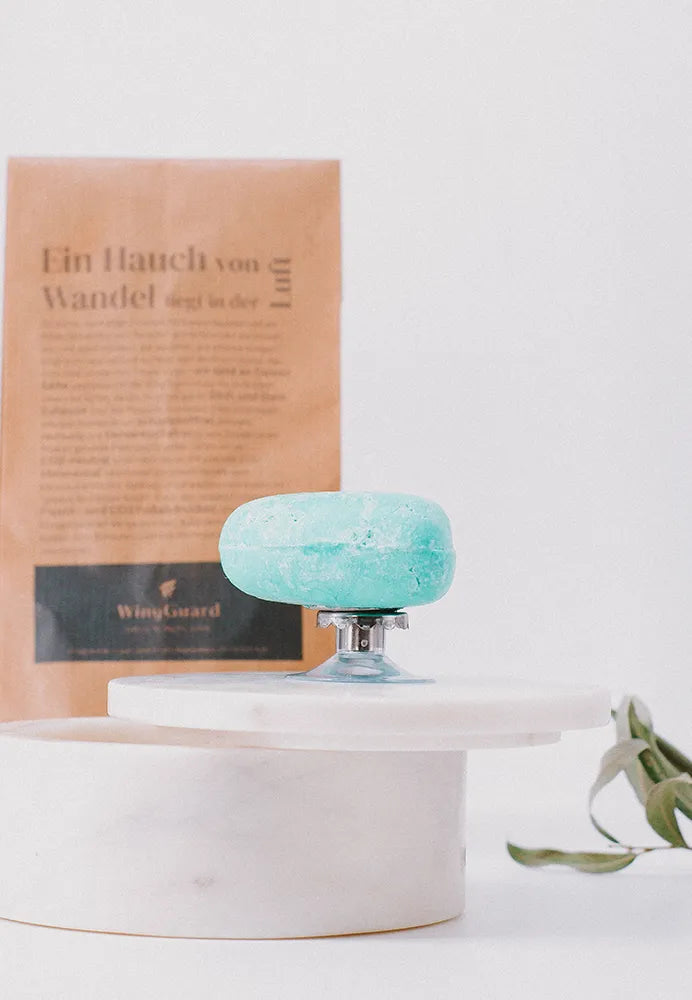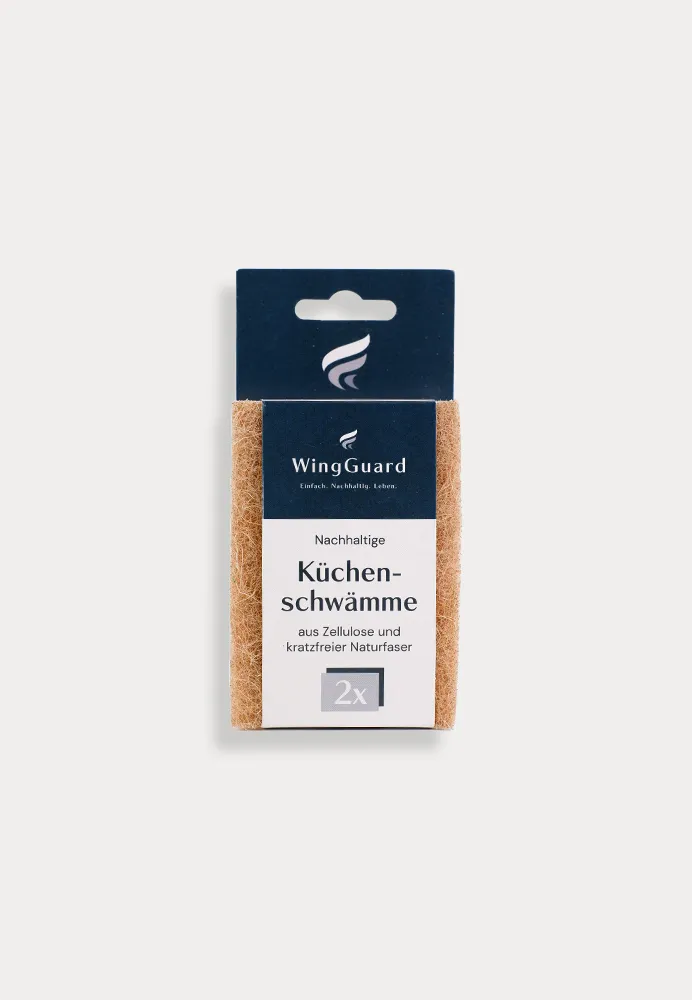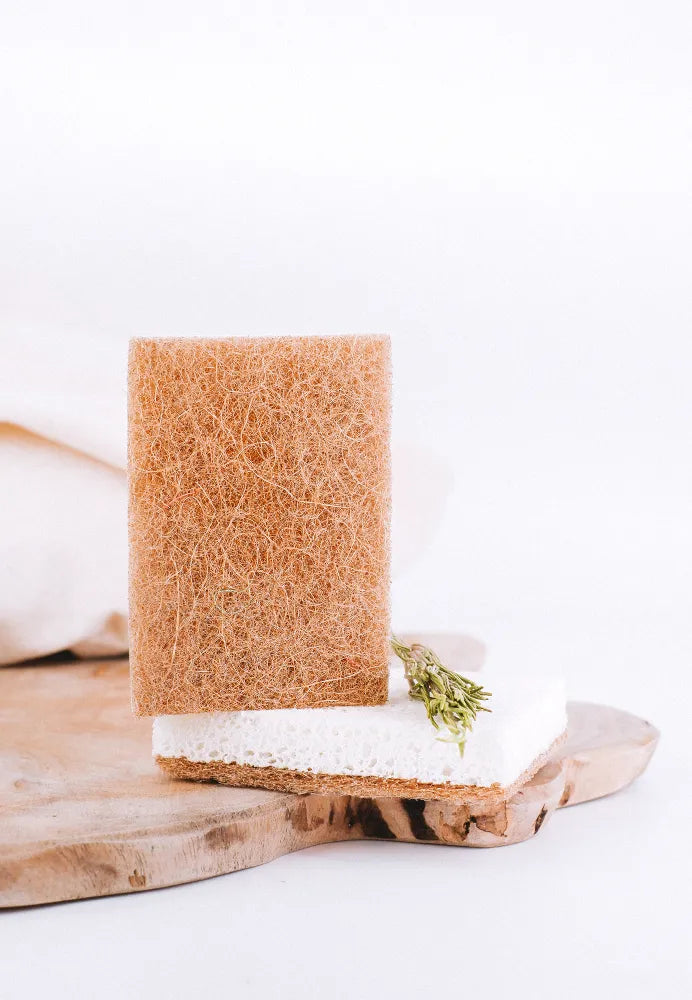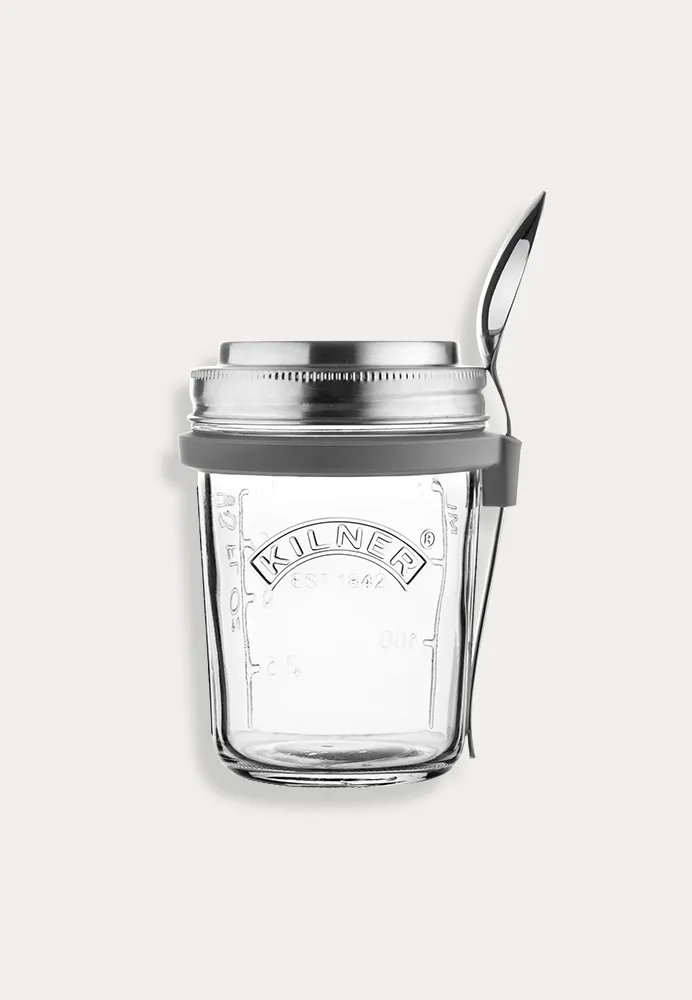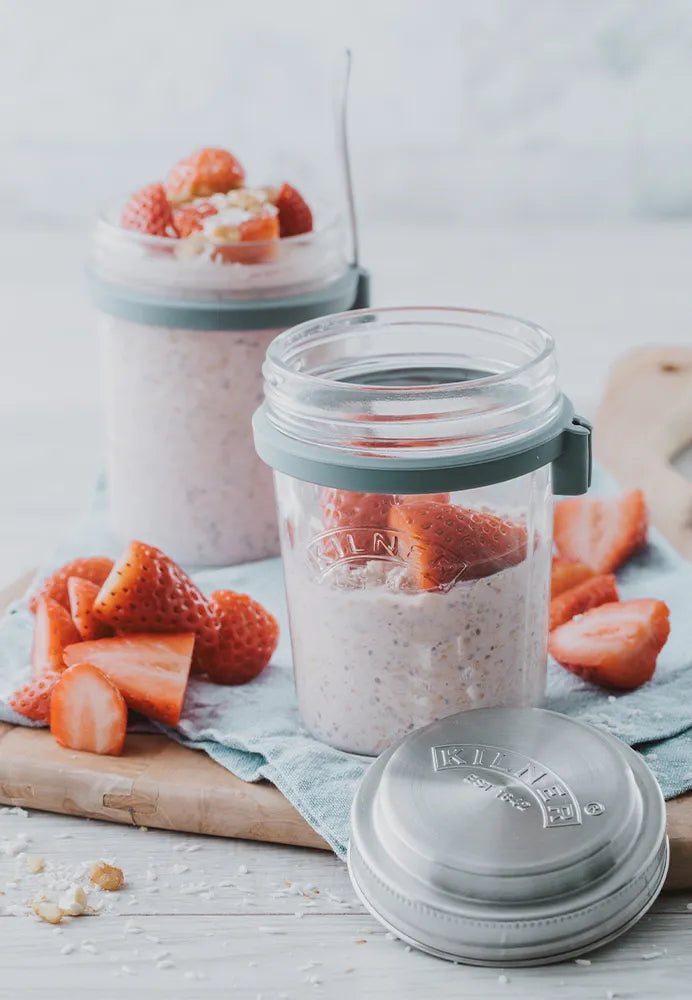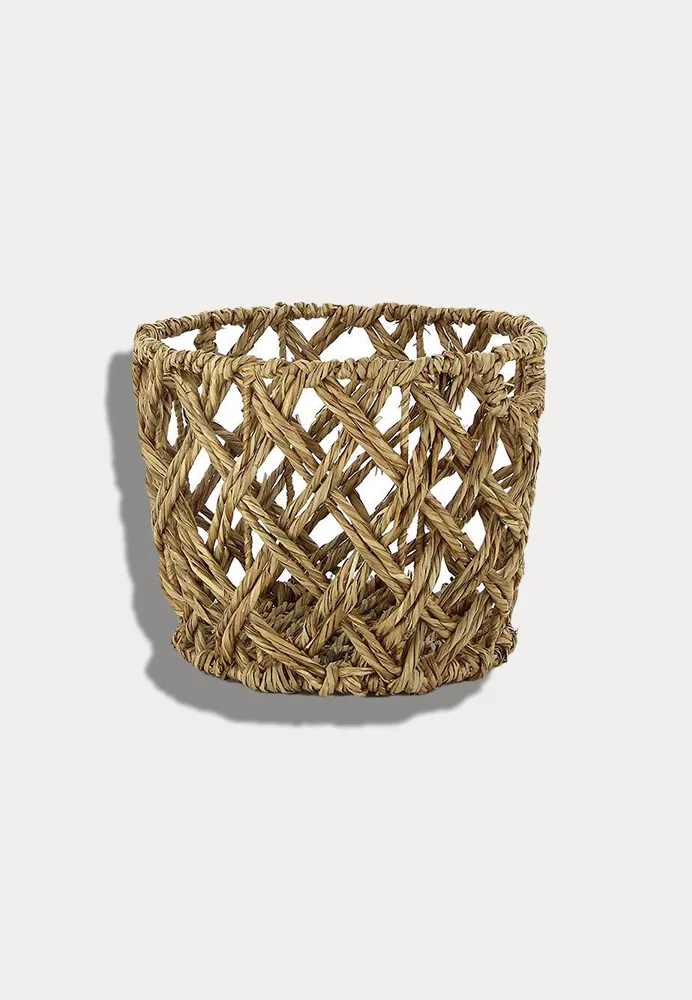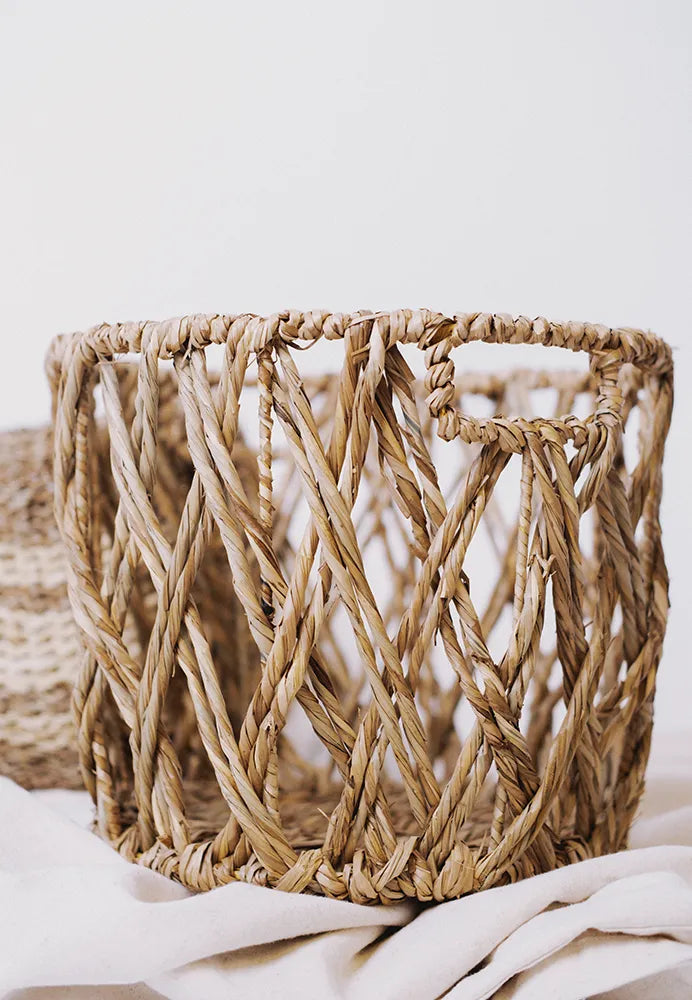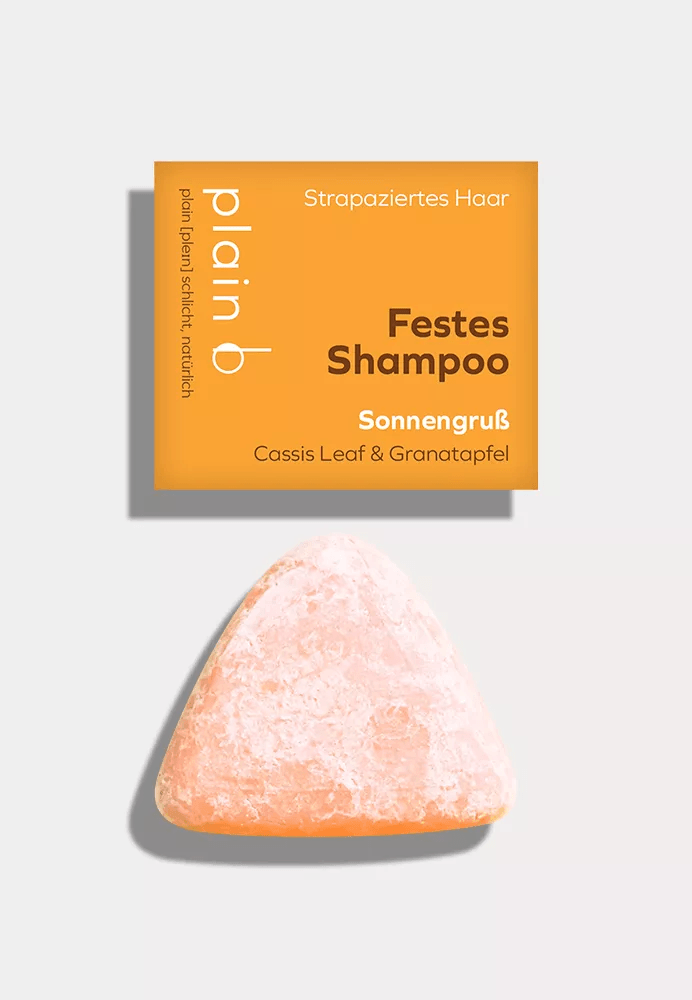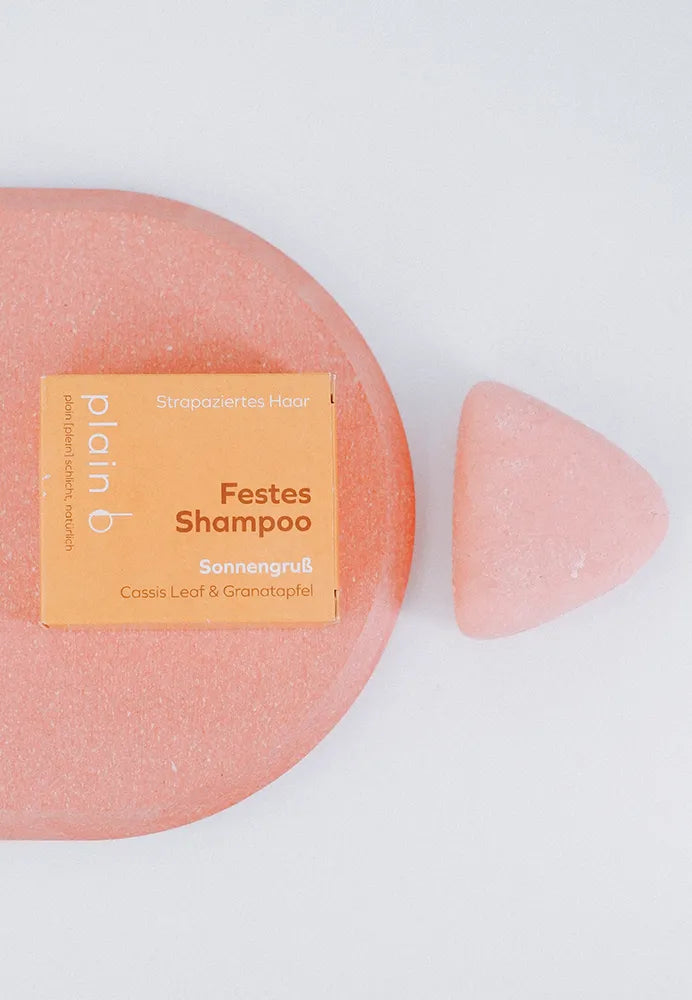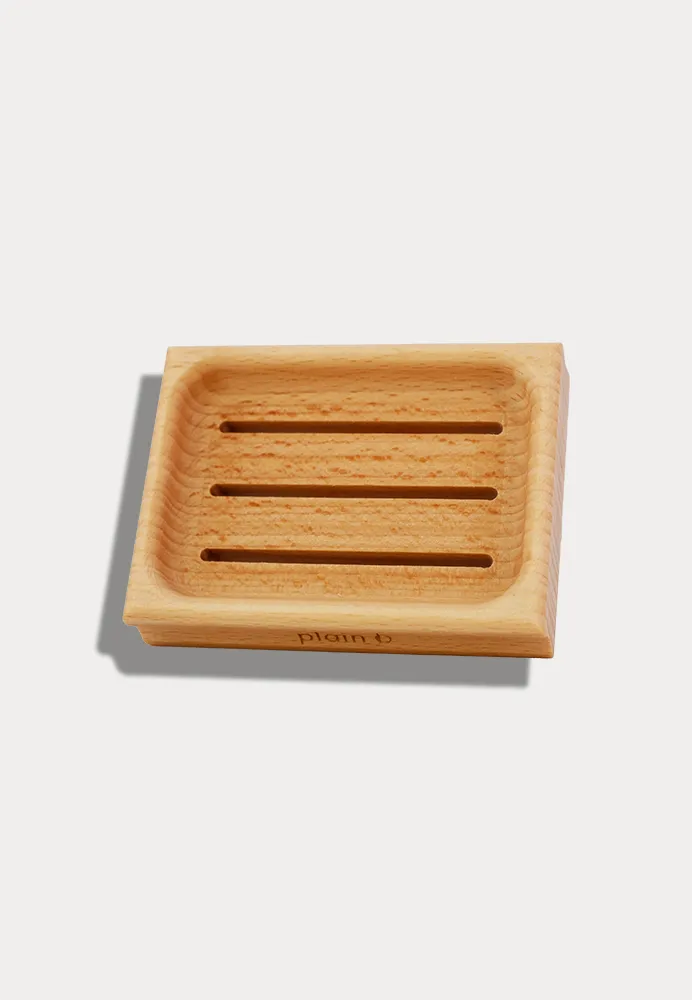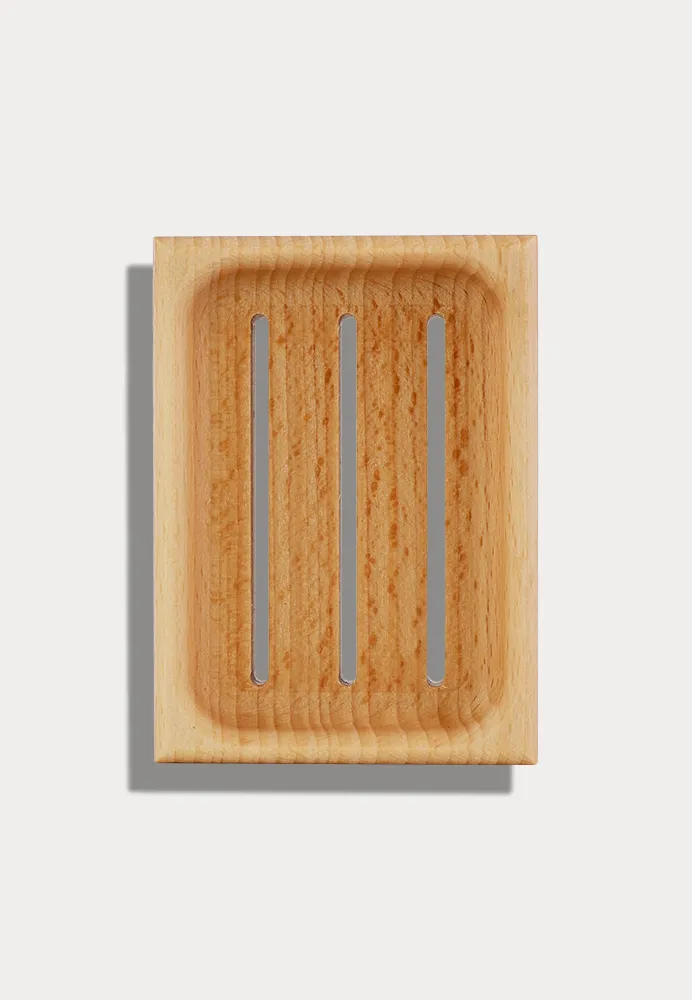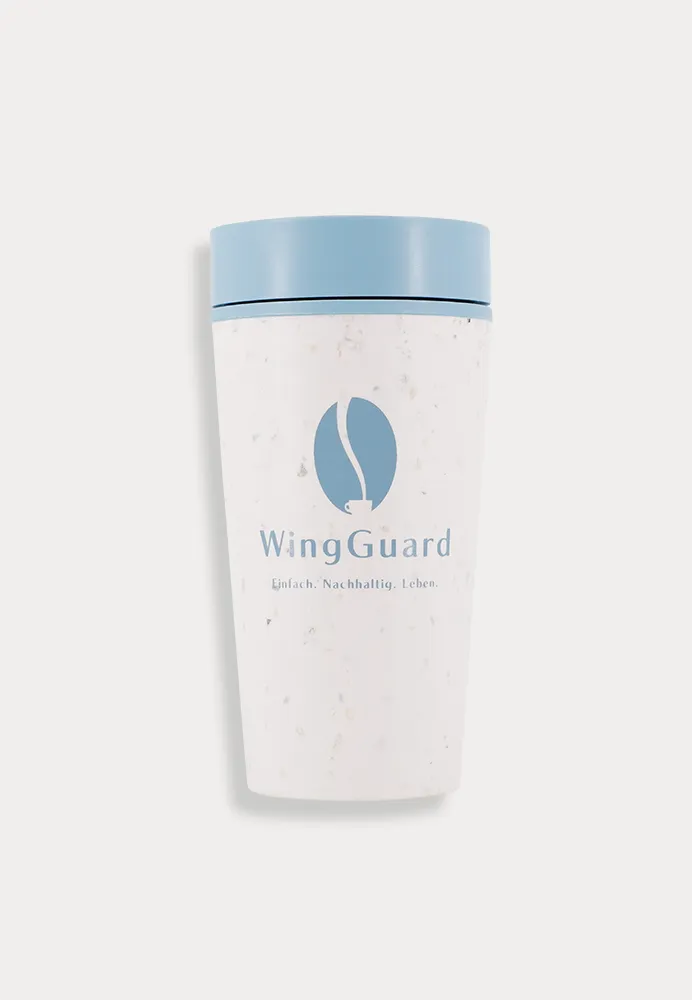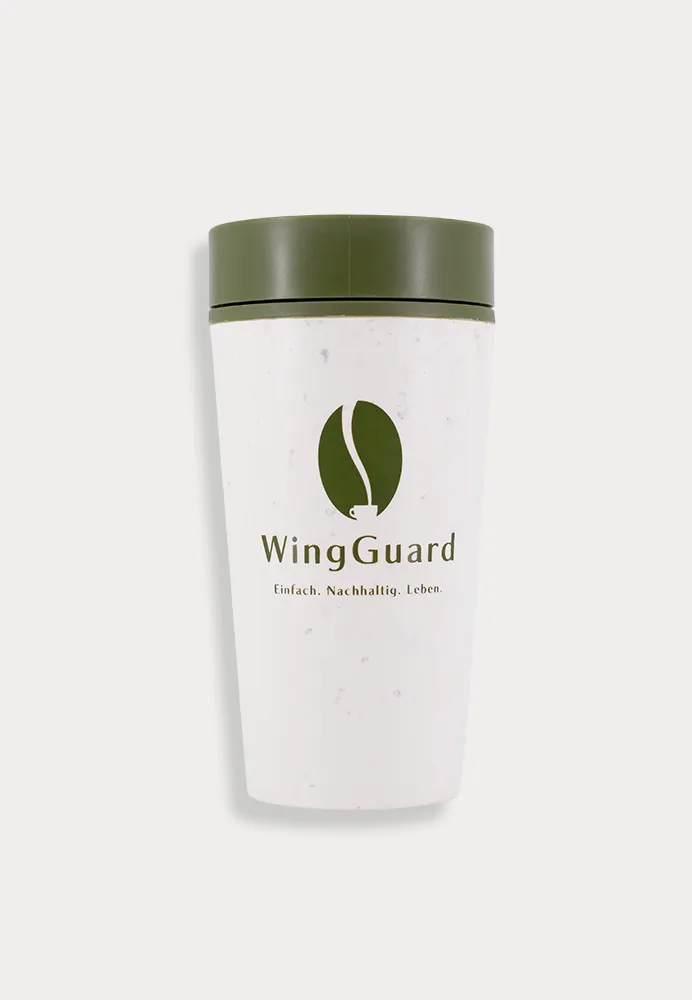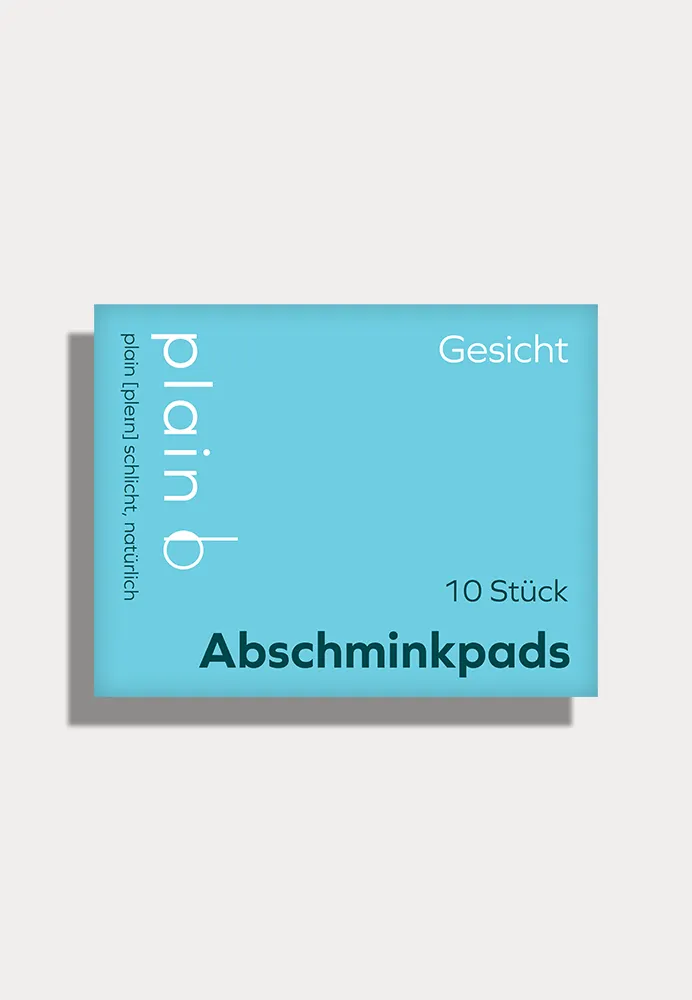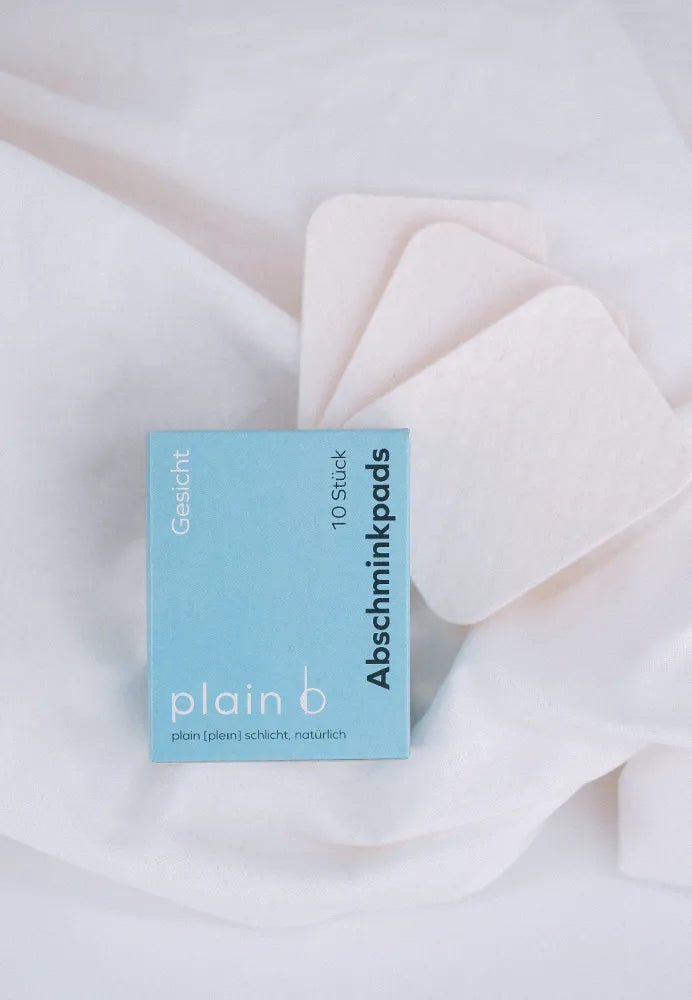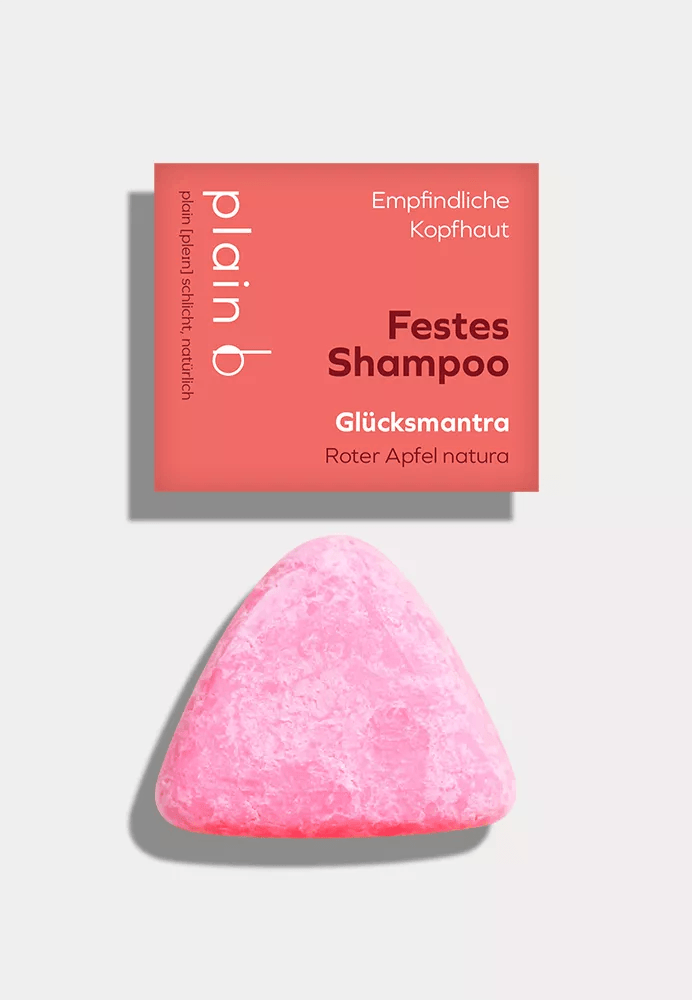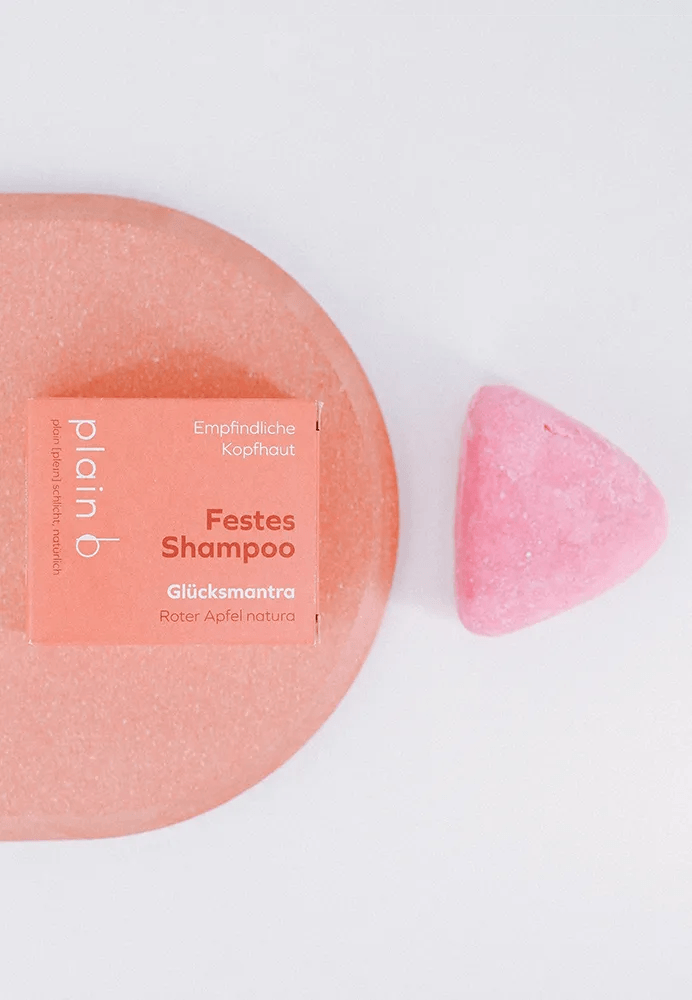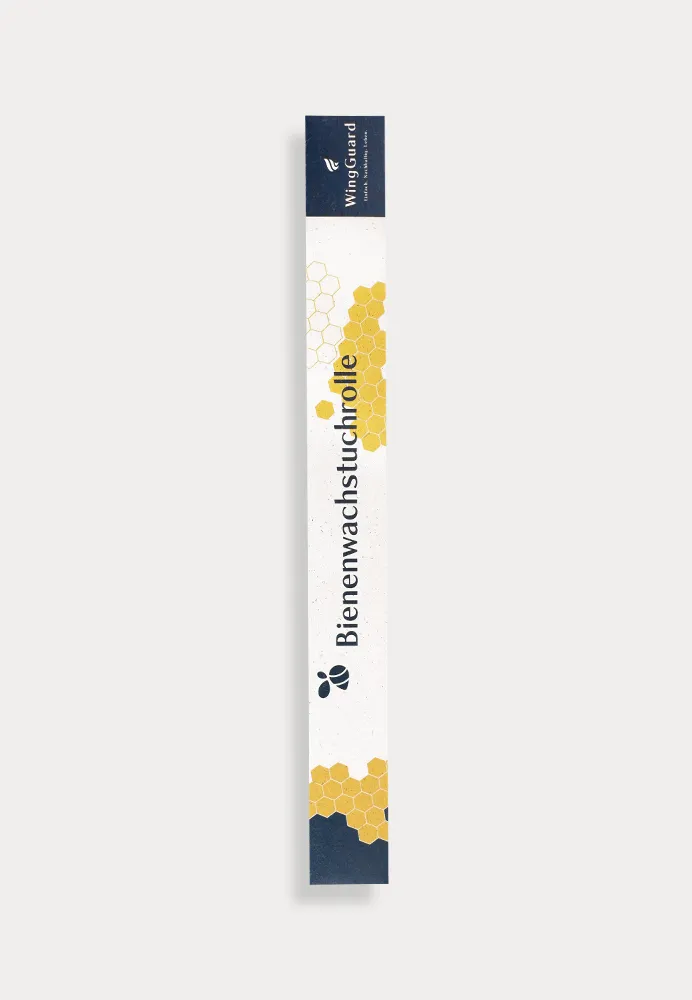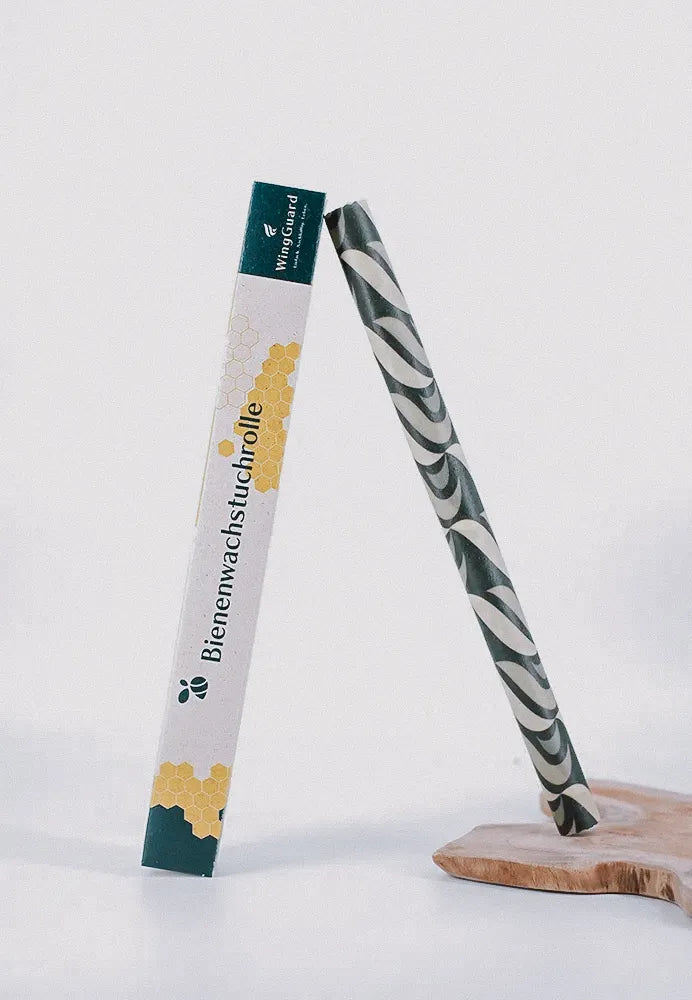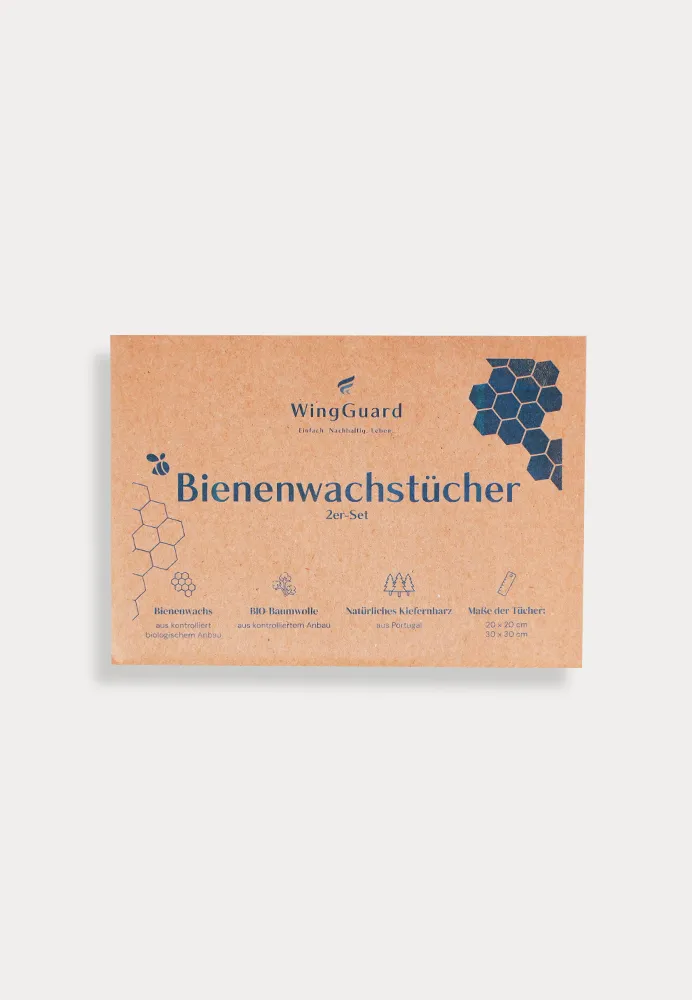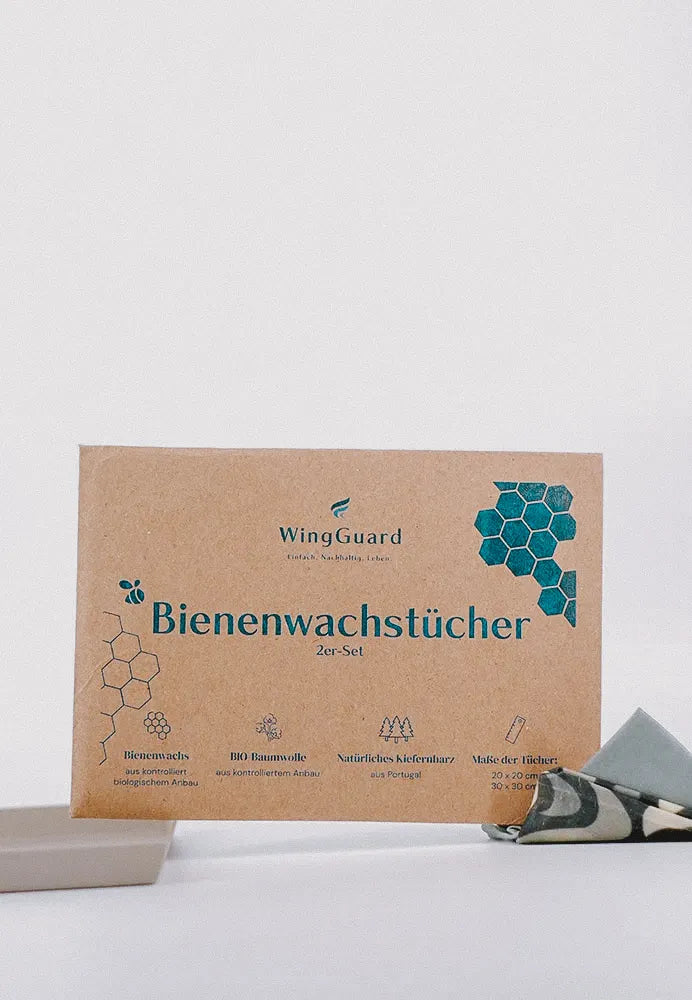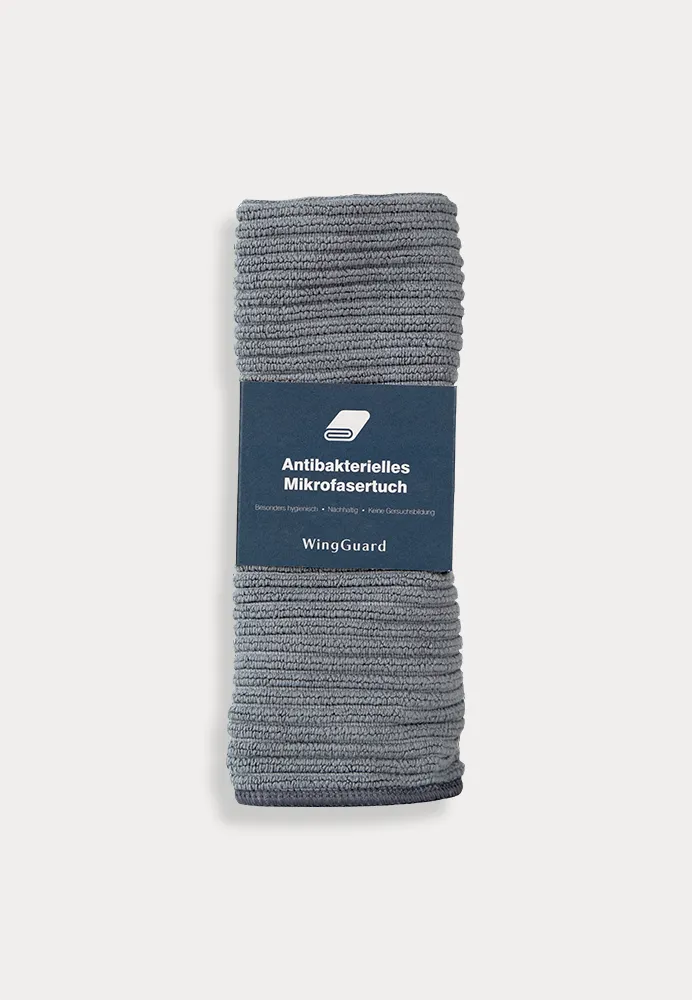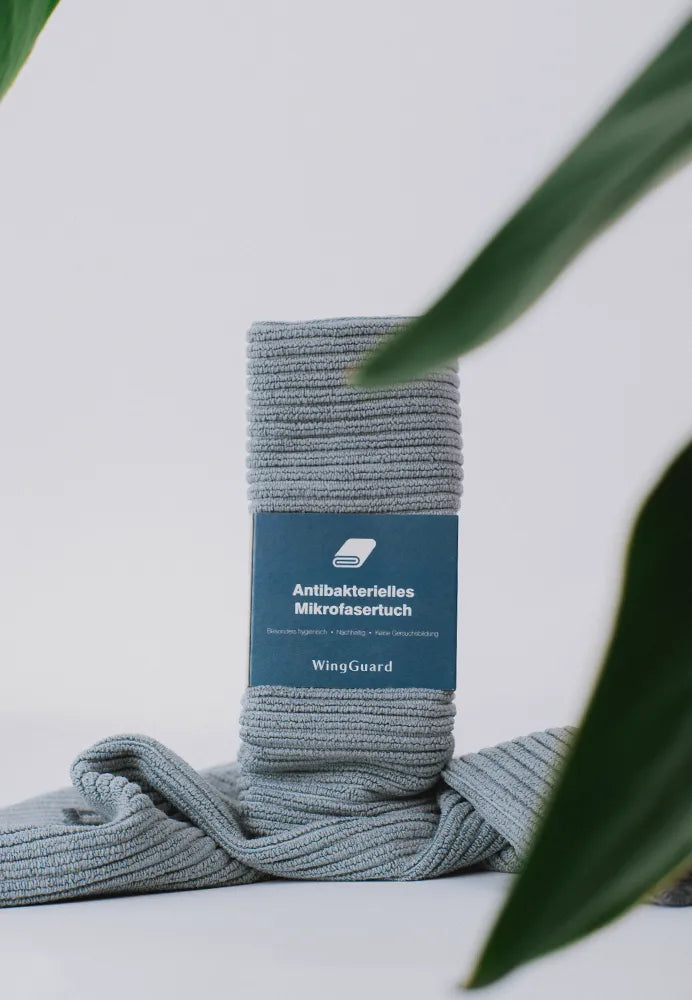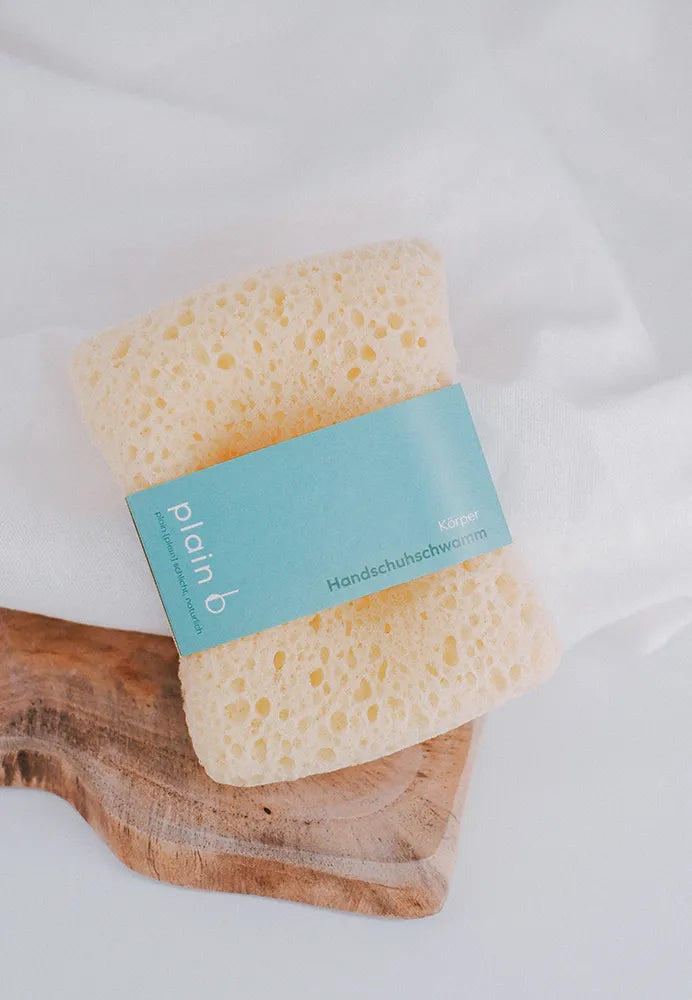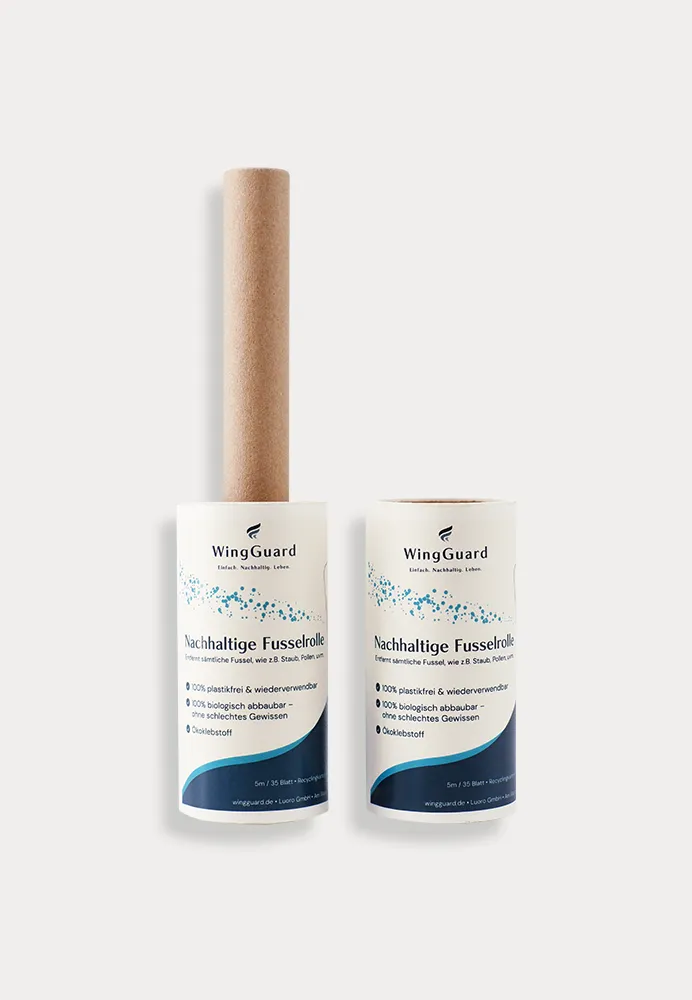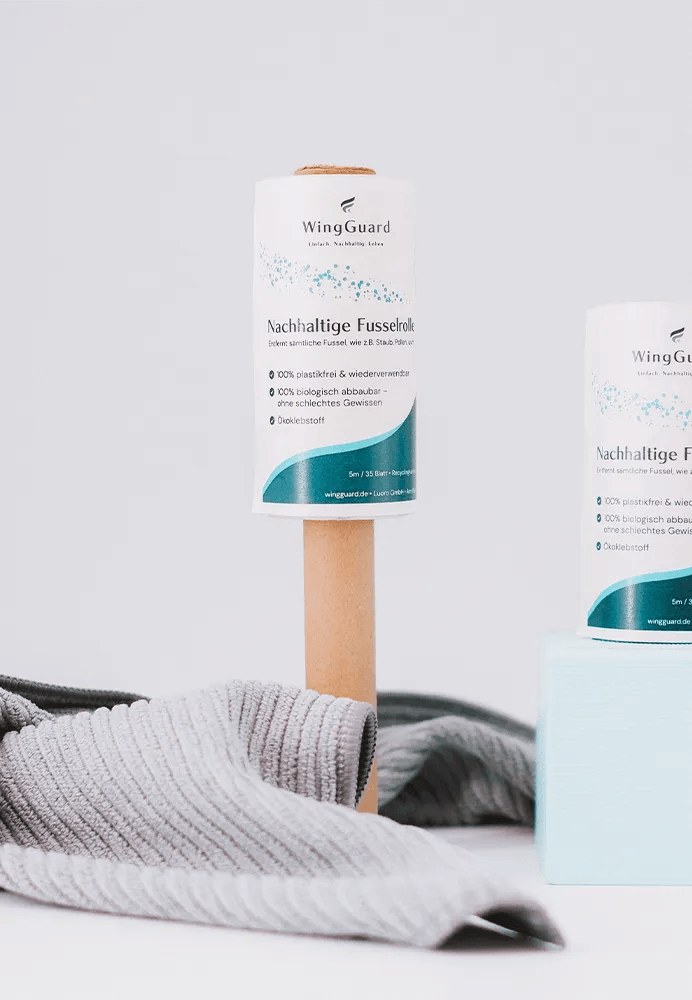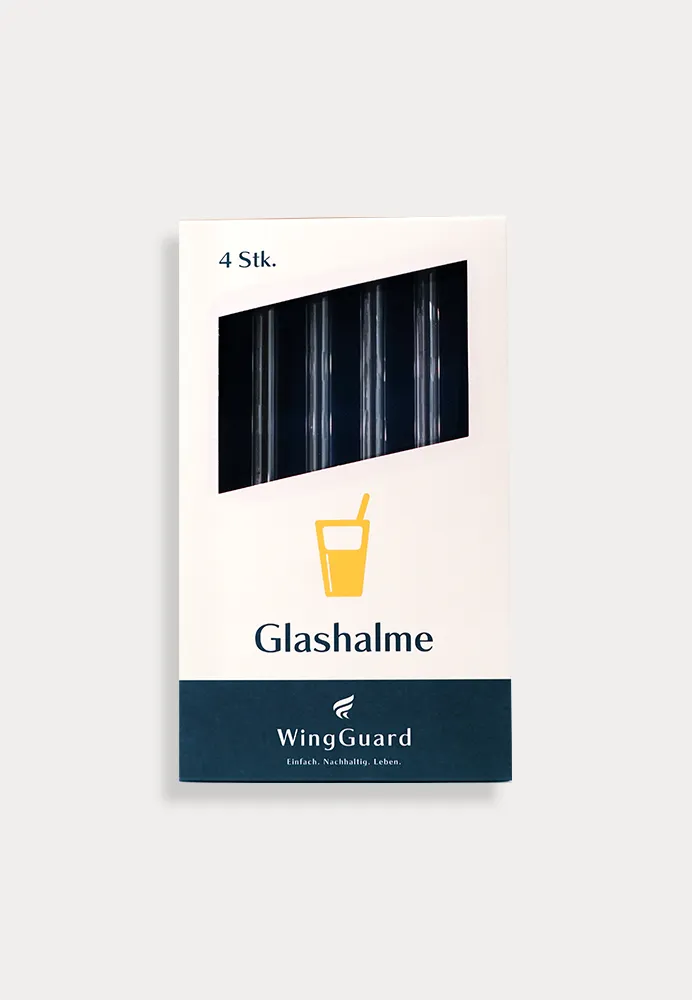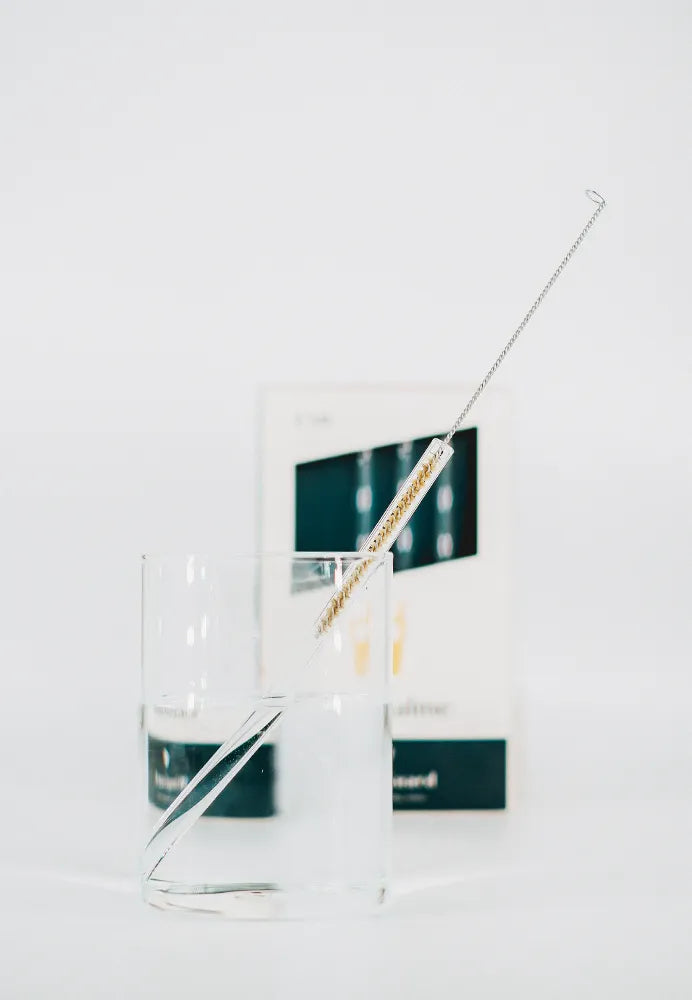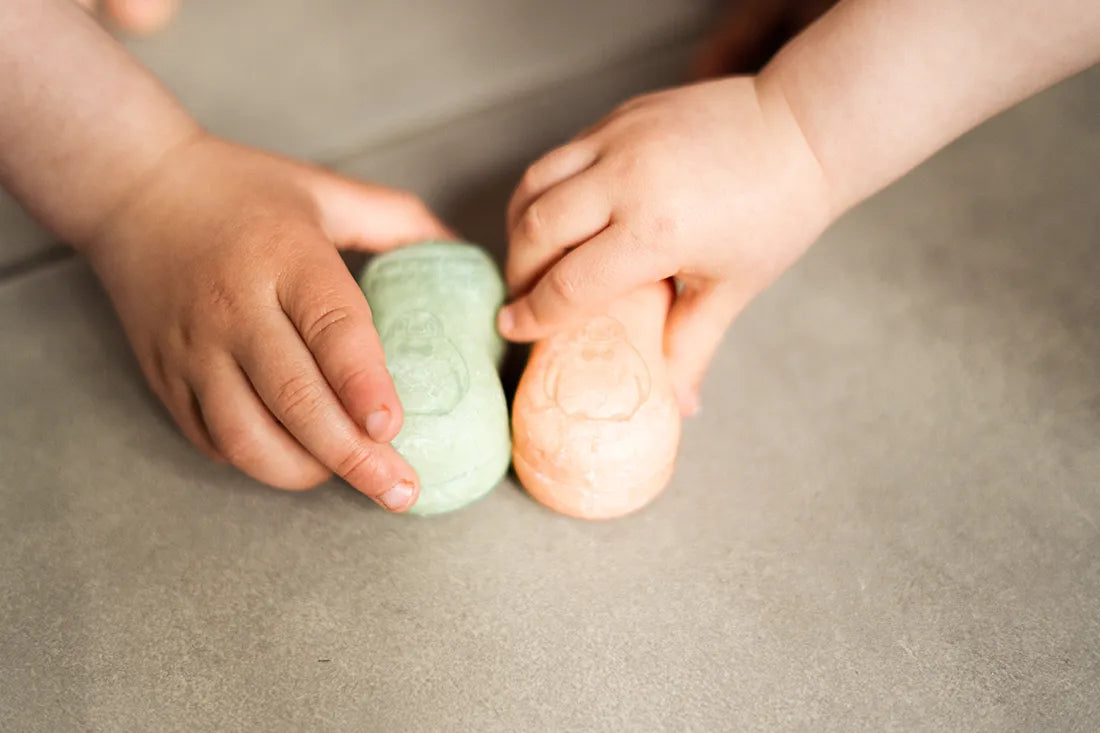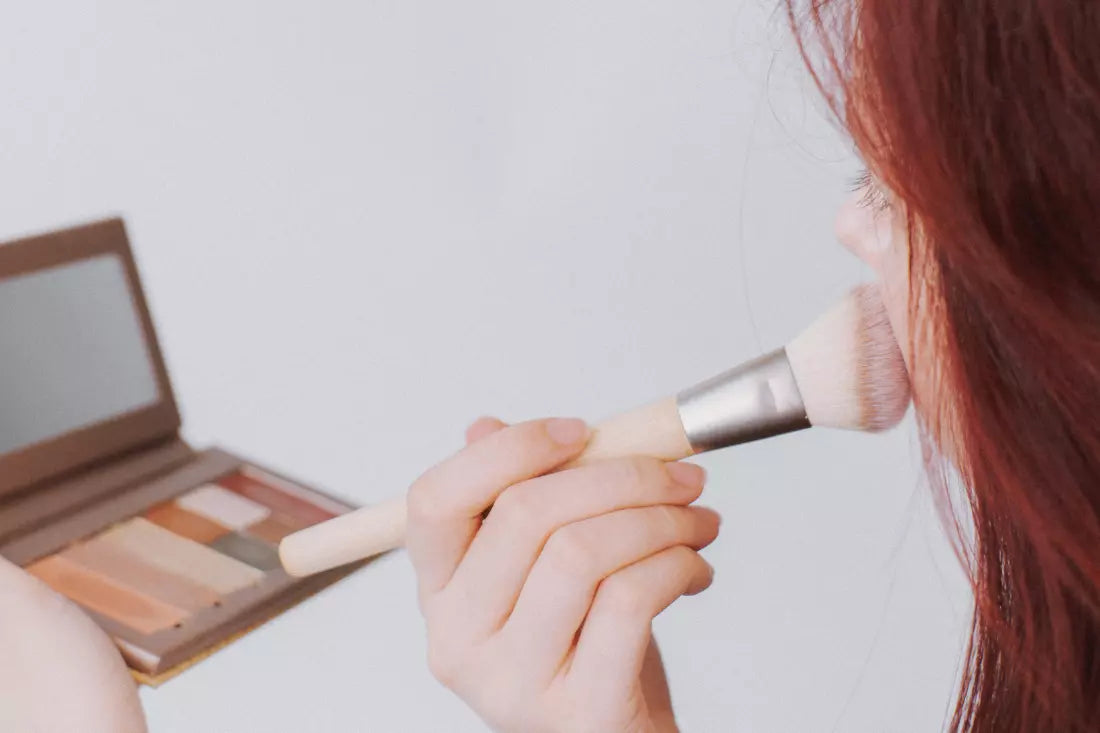The sun is back and so is sunscreen. It is said to protect us from sunburn, premature skin aging and an increased risk of cancer. It also does this reliably, thanks to a wide variety of so-called UV filters.

About UV filters and their environmental influences
UV filters are organic (chemical) or inorganic (mineral) substances that either absorb harmful UV rays and - to put it simply - convert them into heat or reflect or scatter them. So far so good. However, some of these UV filters also have disadvantages. They damage our environment and endanger our climate.
An estimated 6,000-20,000 tons of sunscreen enter our waters every year. Both directly, by bathing in seas and lakes, and indirectly via the waste water from the sewage treatment plants. The most well-known, presumably environmentally harmful, organic substances are oxybenzone and octinoxate.
The ICRI (International Coral Reef Initiative) classifies these two UV filters in particular as a risk for coral reefs worldwide. Scientific studies indicate that they accumulate in corals and other organisms and damage the ecosystem through their hormone-like effect.
For example, they affect unicellular algae that live in symbiosis with corals, leading to coral bleaching and coral reef death.

Mineral UV filters at Naïf
So what to do? Do without the sunscreen and expose yourself to a health risk? No, it doesn't have to come to that. Because there are now many alternative UV filters, both organic and mineral, that offer the same protection and are environmentally friendly at the same time. We offer some of them in the WingGuard.de shop .
The sun cream from Naïf uses the mineral UV filter zinc oxide. In addition, thanks to the natural oils it contains, the cream is easy to apply, leaves no white residue and is suitable for even the most sensitive skin.
Since our facial skin is much thinner and more sensitive than the rest of the body, we also offer the Sunscreen for the face from Naïf at. We offer you the perfect all-round protection for hot summer days without polluting the environment with harmful UV filters. To ensure this is optimal, simply apply the sunscreen every two hours. In addition, it is advisable to wash the cream off your body at the end of the day to prevent pimples and other skin irritations.

Plastic-free & handy on the go with plain b
Is that not sustainable enough for you and you want to save other sea creatures in addition to the corals?
Perfect, then take a look at our solid sunscreen from plain b . We not only used environmentally friendly, organic UV filters in it, but also avoided unnecessary plastic. Our solid sunscreen comes in a paper stick and protects your face and lips from skin-damaging UV-A and UV-B rays, even in particularly strong sunlight.
More specifically, the substances diethylamino-hydroxybenzoyl-hexyl-benzoate (UV-A filter), ethylhexyl-triazone (UV-B filter) and bis-ethylhexyloxyphenol-methoxyphenyl-triazine (UV-BB broadband filter) are responsible for this. Phew, pretty tongue twisters!
But don't worry, although ours solid sunscreen contains sea buckthorn pulp oil containing carotene, you will look neither white nor orange after application. The fragrance-free formula contains nourishing vitamin E and leaves no white streaks after application. In addition, shea butter protects your skin from drying out and makes it soft and supple.

Each bottle a tree with truemorrow
With truemorrow, not only does the sunscreen work, but also the bottle. So if you not only rely on environmentally friendly products with multiple effects, but also want to do something good for the environment, you are in good hands with truemorrow.
The sustainable sunscreen from truemorrow is not only certified climate-neutral, but is also bottled in a recyclable bottle. And on top of that, you plant a tree with every bottle you buy. But what exactly is the bottle all about?
The more environmentally friendly plastic bottle is made from recycled material and is 100% recyclable. As soon as the sunscreen is empty, you can either reuse the pump dispenser and screw it onto another bottle or dispose of it together with the bottle in the yellow bin. There it can then be completely recycled and in the end your old bottle can theoretically be turned into a new one. In the end, by closing the loop, you also indirectly reduce your footprint in terms of resource waste, CO₂ emissions and disposable waste.
You see, sun protection is also environmentally friendly, and above all without sacrificing anything.

